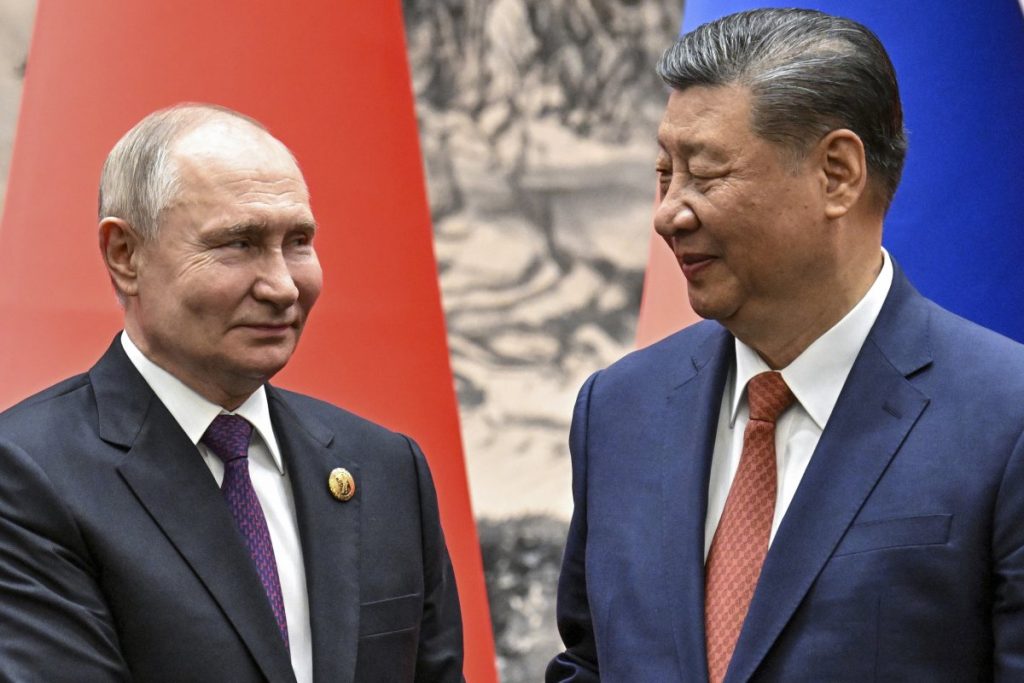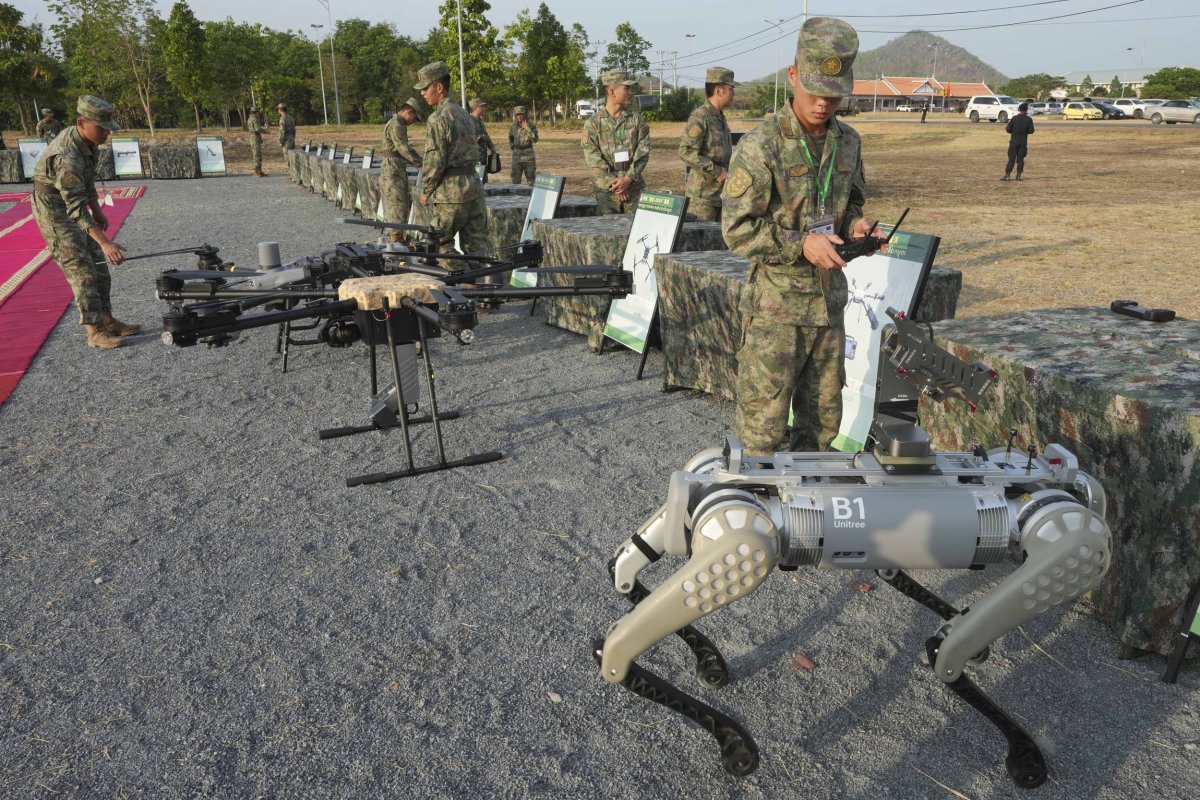China’s autonomous “killer robots” are on track to serve its military on the battlefield within two years, setting a course for a new age of AI-powered warfare which one expert called “the greatest danger to the survival of humankind.”
Remote forms of warfare, from drones to cyberattacks, have played an increasingly central role in this century’s theatres of war. Control of the skies with unmanned aerial vehicles has been critical issue in the ongoing war in Ukraine, and last week, the U.S. Department of Defense unveiled a fresh $1 billion investment to upgrade its drone fleet.
Several major powers have taken this development a step further, and begun to develop fully autonomous, AI-powered “killer robots” to replace their soldiers on the battlefield.
“I would be surprised if we don’t see autonomous machines coming out of China within two years,” Francis Tusa, a leading defence analyst, told National Security News. He added that China was developing new AI-powered ships, submarines, and aircraft at a “dizzying rate.”
“They are moving four or five times faster than the States,” he warned.
China and Russia are already reported to have collaborated on the development of AI-powered autonomous weaponry.

Last month, during military drills with Cambodia, The People’s Liberation Army showcased a gun-mounted robot dog manufactured by the Chinese company Unitree Robotics. Russia showed a modified a Unitree Robotics dog, rebranded as the M-81 robot-dog and equipped with a rocket-propelled grenade launcher, at an arms fair near Moscow in 2022.
Steve Goose is the Arms Campaigns Director for Human Rights Watch, A New York-based NGO which co-founded the campaign “Stop Killer Robots” advocating new international legal frameworks to limit the use of autonomous weapons systems.
“Unfortunately, China seems to be pressing ahead rapidly toward acquisition of killer robots, as are other major military powers,” Goose told Newsweek. “China’s rhetoric at diplomatic meetings on killer robots—where it has called for restraints on autonomous weapons—has not been reflected in its actions.”
China has already begun using AI-powered machines to develop weapons, which some have said could triple its production of bombs and shells by 2028.
While Tusa said that development of these systems in the West would be delayed by legal and ethical objections, as well as the democratic bulwarks that securing military funding runs up against, Goose was less optimistic.
“US policy on and pursuit of killer robots has shown little regard for the ethical implications of such weapons. It has opposed any new international prohibitions or restrictions on autonomous weapons, calling only for voluntary codes of conduct, while rushing forward toward deployment on the battlefield.”
In March 2023, a U.S. representative at a UN conference on lethal autonomous weapons systems said that it was “not the right time” to begin legislating against their development.
This unbridled progress has elicited numerous warnings that non-human weapons would be incapable of abiding by the laws of war, and remove countries’ reluctance to engage in conflicts for fear of sacrificing troops.
Given that the supranational institutions tasked with limiting their use tend to be dominated by Russia, China, and the U.S. – those countries powering ahead with killer robots – Goose said that attempts to do so “have produced little of substance.”
Left unchecked, Goose believes that autonomous weapons, alongside nuclear weapons and climate change “pose the greatest danger to the survival of humankind.”





































